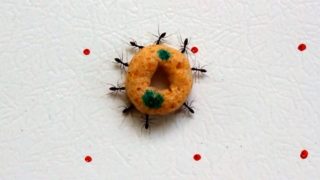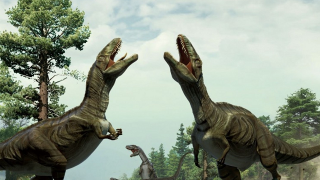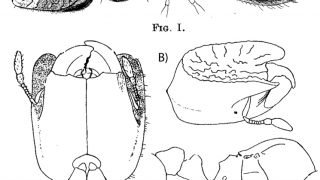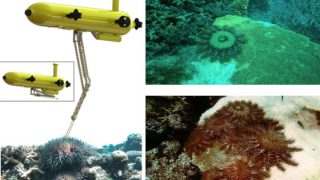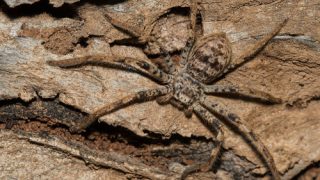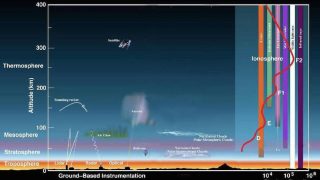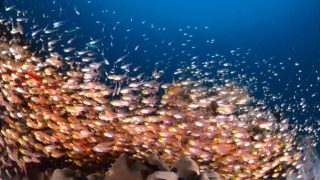
MI weekly selection #164
Humanities & Social Sciences • Science • Technology • Weekly Selection
Fish communicate to stay close to each other Fish use calls to stick together as a group, a new study suggests. Researchers played recordings of bigeye vocalizations for captive wild bigeyes, and noted that their own vocalizations increased and they swam more closely together than they did when no recordings were played. “This study means […]

